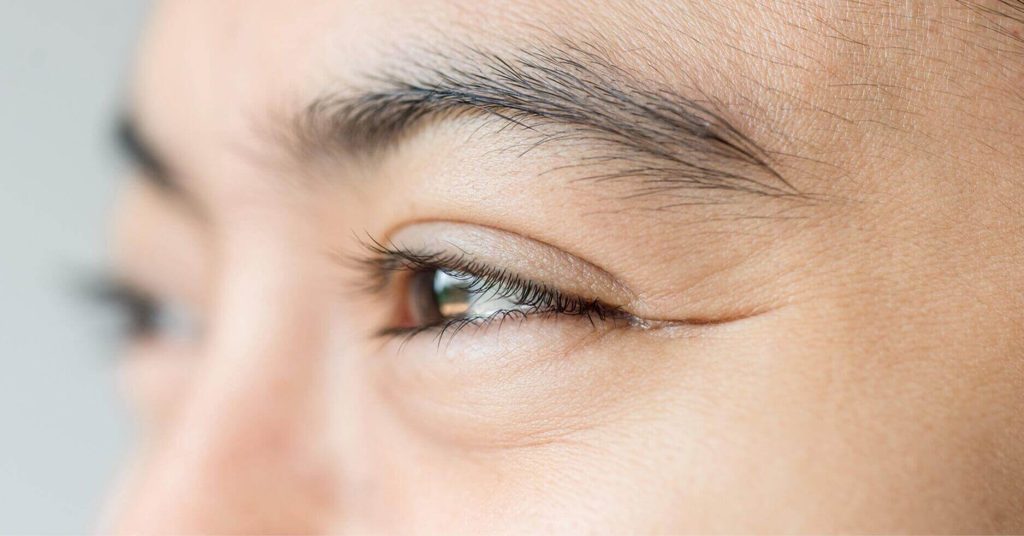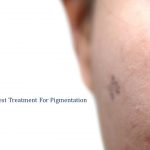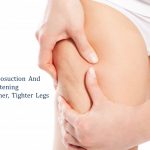Eye bags can develop due to genetics, ageing or lifestyle habits such as smoking. These bags may exhibit swollen, puffy and sagging characteristics in certain individuals, while in others, they manifest as mere accumulations of excess skin beneath the eyes.
Most eye bags are temporary and individuals usually regain their normal appearance within a few hours. However, there are instances when eye bags persist for a longer duration and become a permanent facial characteristic. In such cases, individuals may opt for eye bag removal surgery as a permanent solution.
While eye bags may not necessarily pose significant health concerns, they can trigger self-consciousness regarding one’s appearance. Moreover, prominent eye bags might indicate unhealthy habits that should be addressed to prevent their formation or eliminate existing ones.
It is advisable to consult a professional for eye bag removal if eye bags have become a persistent issue.
What Causes Eye Bags to Form Under the Eyes?
Eye bags can develop due to a variety of factors, and the following are some of the more common contributors to their formation.
1. Ageing
Ageing is widely regarded as the primary factor behind the formation of eye bags. With age, individuals experience a natural decline in fat padding and collagen, which are vital components of connective tissues throughout the body, including the skin.
The diminished levels of collagen lead to a loss of elasticity in the skin and underlying muscles, resulting in reduced toning. This sagging skin is particularly noticeable around the eyes, where the skin tends to be thinner compared to other areas of the face.
The natural ageing process of the skin is a significant motivator for individuals seeking treatments at aesthetic clinics in Singapore.
2. Sleep issues
Poor sleeping habits can lead to weakened muscles around the eyes. Sleep deprivation can also result in collagen loss in the delicate skin beneath the eyes. As a result, fluid begins to accumulate in this area, causing swelling and the formation of eye bags. Usually, the swelling subsides within approximately 24 hours but can become a permanent facial feature if an individual consistently lacks sufficient sleep.
3. Allergies or sinusitis
Allergies don’t just stuff up the nose, but can also result in swelling in the sinus tissue. This often shows up in the form of puffiness under the eyes.
4. Smoking
Tobacco contains nicotine, a substance that disrupts natural sleep patterns and can contribute to the accumulation of fluids beneath the eyes. Additionally, smoking is known to accelerate collagen depletion and reduce skin elasticity.
5. Alcohol use
Alcohol acts as a diuretic, causing increased urine production and subsequently leading to dehydration. When the body becomes dehydrated, it retains water in certain areas, including the delicate skin around the eyes.
6. Consuming salty food
Consuming too much sodium or salt can cause the body to start retaining water. The excess water results in puffiness in the body and the face, especially around the eyes where the skin is usually thinner and more prone to swelling. Thankfully, the body naturally eliminates any excess water and the eye area is de-puffed within a few hours.
7. Sleeping with makeup
When makeup is left on overnight, it can clog the pores and prevent the skin from properly breathing and rejuvenating during sleep. This can lead to inflammation, irritation, and fluid retention in the delicate area around the eyes.
8. Hereditary
The presence of eye bags can be attributed to genetic factors. Consequently, if one of the parents has eye bags, there is a possibility that their children may inherit and develop eye bags as well.
Natural Remedies to Try Before Undergoing Eye Bag Removal Surgery
Before any remedy or eye bag removal surgery could be recommended, it is important to determine the underlying cause. For instance, if the eye bags are hereditary or come with age, plastic surgery could be the right choice to get rid of them.
However, if the eye bags are due to underlying health problems or environmental issues, some common lifestyle changes or skincare products may be effective in eliminating them.
Before going to an aesthetic clinic in Singapore for eye bag removal surgery, one can consider trying out the following home remedies and lifestyle adjustments.
- Get enough sleep every day. On average, one should get 8 hours of sleep daily.
- Keep the head elevated while sleeping as it prevents any fluids from accumulating around the eye area.
- Sit upright and put a cool, damp washcloth over the eyes as a compress. Another alternative is to use fresh cucumber slices for soothing and relieving swelling around the eye.
- Try not to have fluids before going to bed. Avoid salty foods throughout the day as well.
- Avoid triggers and take over-the-counter or prescription medicines to alleviate any allergy symptoms.
What Other Options Are Available?
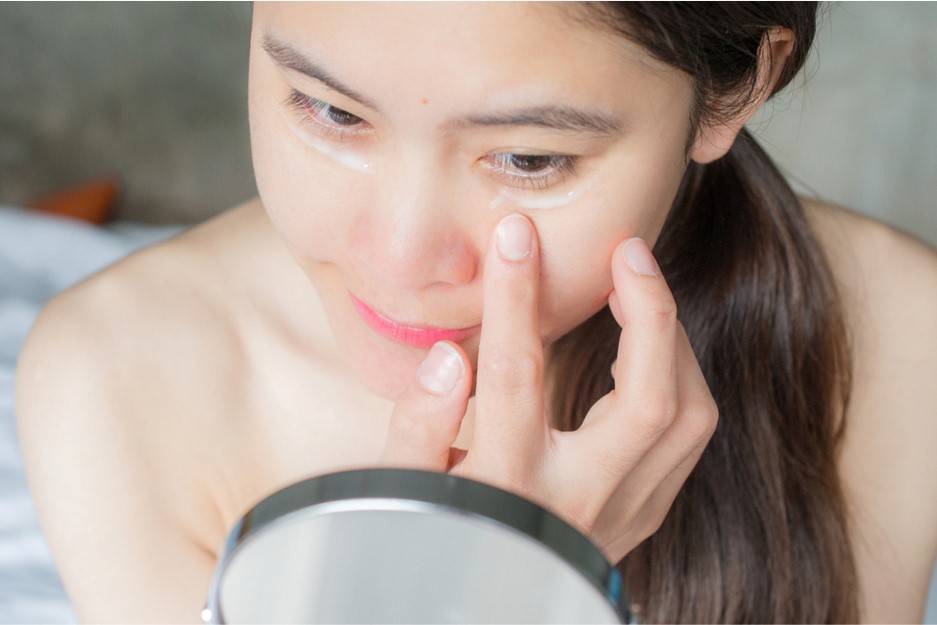
Lifestyle changes such as quitting smoking also help to avoid negative effects on the skin. When one quits smoking, it reduces the free radicals in the body. That helps the skin to preserve its natural collagen and slows down the loss of skin elasticity which in turn, avoids the formation of eye bags.
Skin therapies and wrinkle treatments have also been designed for tightening the skin beneath the eyes and help with reducing puffiness.
Dream Plastic Surgery’s Eye Bag Removal Methods
Dream Plastic Surgery is the only authentic Korean plastic surgery clinic in Singapore. At Dream, patients undergo a personalised assessment before they are recommended one of the few eye bag removal surgery techniques available for consideration.
When it comes to eye bag removal surgery, there are two common methods performed by the plastic surgeons at Dream. Below are more details about both surgery techniques.
1. Transconjunctival Eye Bag Removal
This is a scarless eye bag removal method that removes fat tissue through the inner part of the lower eyelids. This technique is suitable for:
- Newly formed eye bags
- Mild-to-moderate puffiness
- Individuals with no excess skin under their eyes
- Younger patients who have good skin elasticity
The Surgery Method
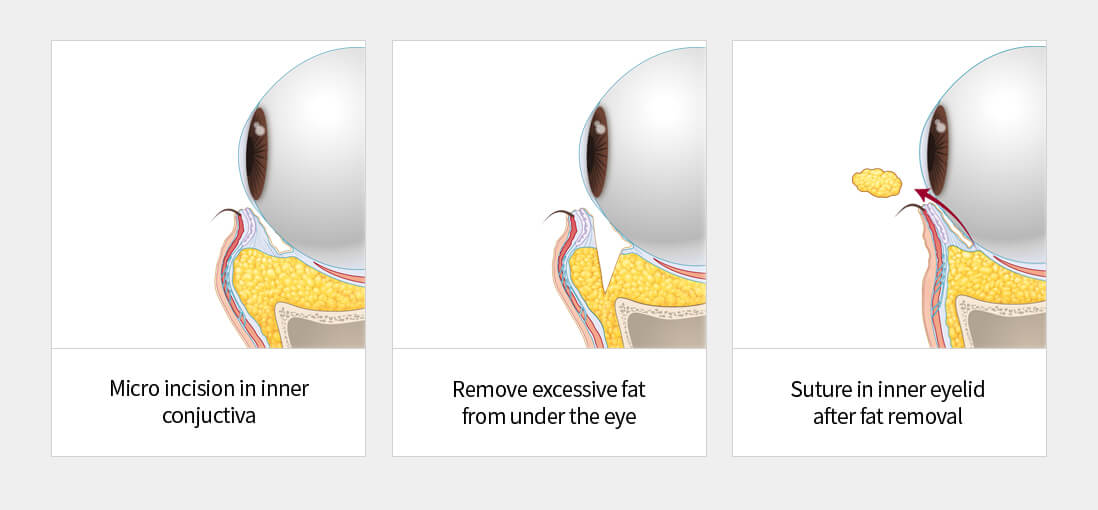
After administering the anaesthesia, the surgeon makes a minor incision of around 1-1.5 cm on the inside of the patient’s eyelid. Once the incision has been made, enough fat is removed permanently to debulk the under-eye area, and that helps to restore a smooth contour on the lower eyelid. The minor incision is stitched up on the inner eyelids, leaving no visible stitches on the face, and hence, earned this technique its ‘scarless eye bag removal’ name.
With the incision hidden on the inner eyelids, patients are able to apply makeup sooner compared to other eye bag surgery techniques. Bruising and swelling are common and will subside in a few days.
The Advantages of Transconjunctival Eye Bag Removal
- No visible scars
- Better preservation of the natural eye shape
- Quick recovery times
- Reduced swelling and bruising
- Less trauma
2. Incisional Eye Bag Removal
Generally, this method is recommended for individuals with more severe eye bag conditions. The technique is suitable for:
- Dark circles that can’t be concealed with makeup
- Moderate puffiness
- Individuals with excess skin and wrinkles
- Individuals who need skin tightening
The Surgery Method

The surgeon makes an incision along the lash line. After making the incision, any excess fat and skin are removed to get rid of the eye bags. The surgeon then stitches the incision and ensures that the scars are well-hidden along the lash line and are least noticeable after healing.
The Advantages of Incisional Eye Bag Removal
- Removal of excess skin and the fat causing the bulge
- More effective skin tightening results, helping to achieve a smoother under-eye contour
- Addresses tear through depression issues more effectively
- Effective treatment of eye bag conditions of more serious nature
Eye Bag Removal Surgery Recovery Time And Post-Operative Care
For quick and seamless recovery, it is very important to follow the post-surgical instructions advised by the surgeon. Apply cold compresses regularly for around 48 hours to reduce discomfort and swelling. Use eye drops and prescription ointments as advised to prevent infection and promote healthy healing.
Some swelling and bruising should be expected in the days following the surgery. When going outdoors, patients should use dark-tinted sunglasses to protect their eyes and the healing skin. Strenuous physical workouts should be avoided completely for the first two to three weeks after surgery.
In most cases, patients experience a significant decrease in bruising and swelling during the initial 10-14 days after their eye bag removal surgery. After that, the patients should be able to resume their regular activities. If patients experience any pain or unusual symptoms after the surgery, it is advisable to consult a doctor immediately.
Consult a Board-Certified Plastic Surgeon for Your Eye Bag Concerns
At Dream Plastic Surgery Singapore, we understand that no two patients are alike. We are happy to do a personalised assessment and recommend the ideal eye bag removal surgery technique to help you address your eye bag concerns.
If you would like to find out more, give us a call at +65 6871 8888 or write to us at info@dreamplasticsurgery.com.

